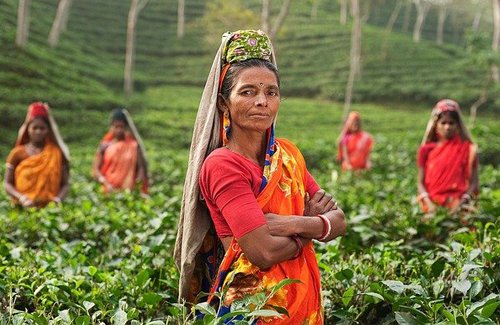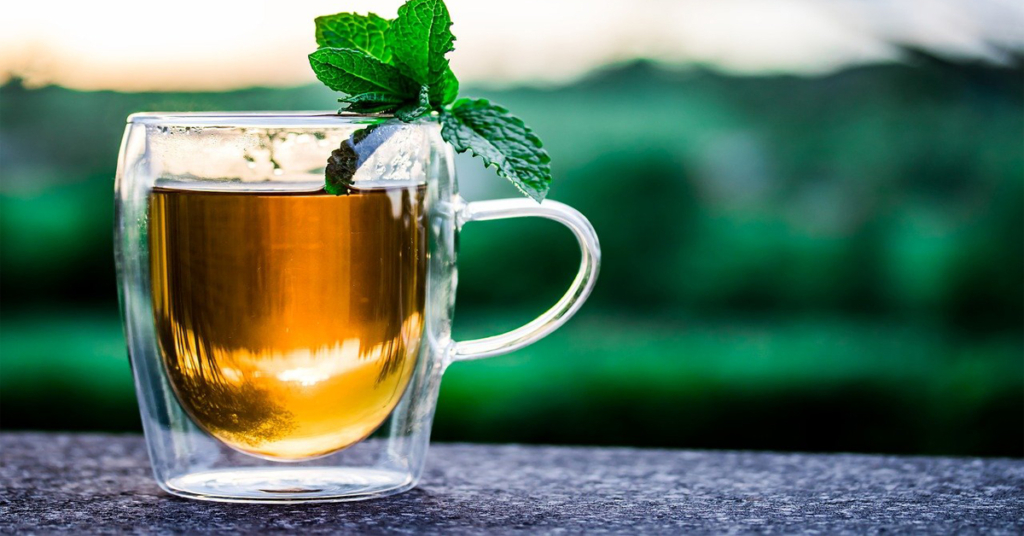‘Tea is ready!’ – a common call in every household in India. Yes, it is International Tea Day. Rich or poor, tea is the first preparation before starting the day. This humble beverage is consumed by Indians many times in a day for different reasons -while snacking, while chatting, just to lift the mood or to get away with cold. As many different reasons as variants – ginger tea, masala tea, black tea, green tea, matcha tea; the list is endless. Tea is the first thing asked when guests come. Not only at home, but you can also find chaiwallahs in every street.
Observed on 21st May every year, tea is a much-sought beverage among teenagers and youths as well.
Tea and its History:
Tea cultivation and consumption is as old as civilisation. According to archaeological evidence, tea was cultivated in China as early as 5000BC. According to a legend, a Chinese emperor used to drink hot water every day. One day when his servant was boiling water for him few leaves fell into the boiling water. The emperor drank this flavoured water and liked it. Later this drink was popular as tea. Another Buddhist storey runs like this: Once Bodhidharma, a Buddhist monk felt sleepy while meditating. He cut his eyelids so that he could not sleep. Tea plants
grew out of his eyelids!
Also Read: Know About Childhood Obesity And Its Remedies
From China, tea plantation spread to other east Asian countries. Buddhist monks took tea plants to Japan. Tea became the drink of aristocrats. Thus started the habit of drinking tea in Japan. Tea became so popular that their Ceremony, ‘Temae’, became an important part of Japanese culture. Tea was introduced to Europe in the mid-16th century. European countries Portugal, Netherlands and Britain traded with China for tea. From these countries, it spread to the entire Europe.
Tea in India:
Though India had few native varieties of tea plants, commercial cultivation was introduced by the East India Company only. A British horticulturist named Fortune managed to smuggle thousands of tea seeds and plants from China. These plants were cultivated in Assam and Darjeeling. Here started India’s Journey of tea plantation and export business. Today India is the second-largest producer of Tea and 70% of its production is consumed by its people.

Earlier in China tea leaves were consumed as vegetables. Later it was consumed as a drink after many alterations. This popular beverage not only reduces stress but also helps in fighting against heart diseases, Alzheimer’s and other chronic diseases. The antioxidants in tea help to improve cardiovascular health, thus reducing the risk of heart diseases. Looking at the historical, cultural and economic significance of tea across the world, Food And Agriculture organisation under United Nations has declared May 21 as International Tea Day.
The main purpose behind this is to promote tea which inter-helps the economic conditions of tea growing countries. Tea is largely cultivated in developing countries like China, India, Bhutan, Argentina, Brazil, Bangladesh, Cambodia. In these developing and underdeveloped countries, tea export is the main source of revenue. Celebrating this day promotes tea consumption and thus helping the people working in this labour centric industry.
So, Happy Tea Time! Happy International Tea Day.




